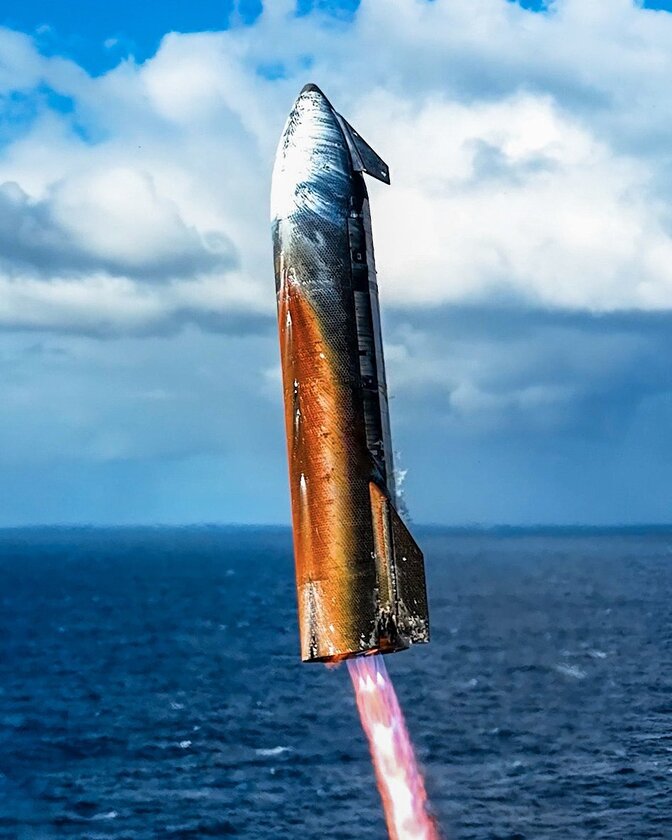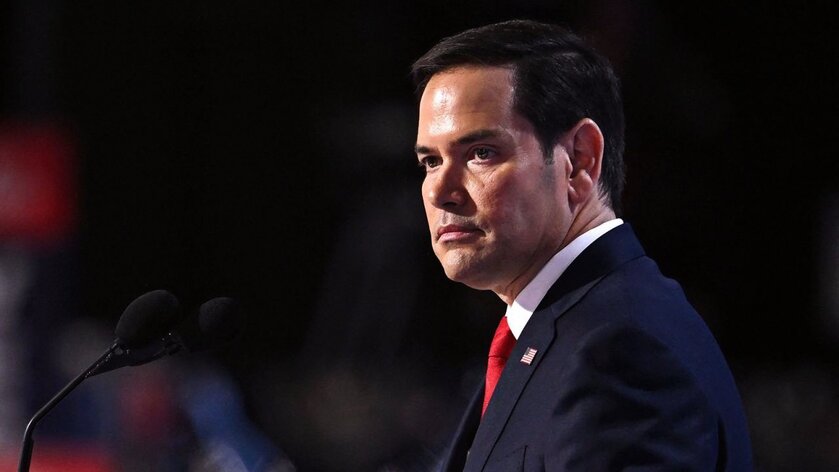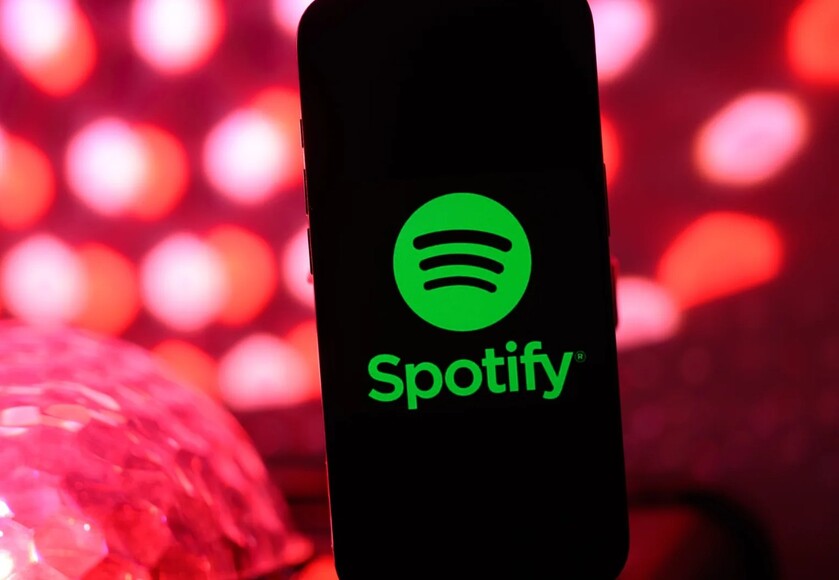SpaceX successfully launched the 10th test flight of its Starship system Tuesday, Aug. 26, at 2330 UTC, from its Starbase facility in Texas, with the 123-meter tall megarocket achieving its primary objectives.
The Super Heavy booster(B16) performed a controlled splashdown in the Gulf of Mexico approximately seven minutes after liftoff, and the Starship upper stage (Ship 37) successfully deployed eight Starlink satellite mass simulators, relighted a Raptor engine in space, and completed a controlled splashdown in the Indian Ocean about 66 minutes after launch.
The launch saw the 40-story-tall Super Heavy booster, powered by 33 Raptor engines, lift off with a ground-shaking roar, generating over 7,257,448 of thrust. This was the third launch attempt for the mission, with the initial attempt on August 24th called off due to a ground systems issue and the second attempt on August 25th scrubbed due to poor weather.
But it was worth the wait: Starship did everything SpaceX asked it to today, getting the giant vehicle back on track after a string of issues.
"That was absolutely incredible," SpaceX Build Reliability Engineer Amanda Lee said during live launch commentary. "A huge congrats to all the teams here."
"Great work by the SpaceX team!!!" SpaceX CEO Elon Musk wrote on X after the flight.
The Super Heavy booster executed a controlled water landing in the Gulf of Mexico, as planned, rather than attempting a mid-air capture at the launch tower. This was a deliberate test to evaluate the booster's performance under off-nominal conditions, including the use of backup engines for the landing burn.
The Starship upper stage (or Ship) completed a suborbital flight, and successfully relit one of its six Raptor engines in space, a critical milestone not achieved since 2024. The Ship also deployed eight Starlink satellite mass simulators to test its deployment mechanism. The vehicle then endured the extreme heat and friction of atmospheric reentry, with its exterior glowing bright pink due to plasma buildup, before splashing down in the Indian Ocean.
In a statement following the test flight, SpaceX writes "Every major objective was met, providing critical data to inform designs of the next generation Starship and Super Heavy.
"The flight test began with Super Heavy successfully lifting off by igniting all 33 Raptor engines and ascending over the Gulf of America. Successful ascent was followed by a hot-staging maneuver, with Starship’s upper stage igniting its six Raptor engines to separate from Super Heavy and continue the flight to space.
"Following stage separation, the Super Heavy booster completed its boostback burn to put it on a course to a pre-planned splashdown zone. The booster descended and successfully initiated its landing burn, intentionally disabling one of its three center engines during the final phases of the burn and using a backup engine from the middle ring. Super Heavy entered into a final hover above the water before shutting down its engines and splashing down into the water.
"Starship completed a full-duration ascent burn and achieved its planned velocity, successfully putting it on a suborbital trajectory. The first in-space objective was then completed, with eight Starlink simulators deployed in the first successful payload demonstration from Starship. The vehicle then completed the second ever in-space relight of a Raptor engine, demonstrating a key capability for future deorbit burns.
"Moving into the critical reentry phase, Starship was able to gather data on the performance of its heatshield and structure as it was intentionally stressed to push the envelope on vehicle capabilities. Using its four flaps for control, the spacecraft arrived at its splashdown point in the Indian Ocean, successfully executed a landing flip, and completed the flight test with a landing burn and soft splashdown.
"Over the course of a flight test campaign, success will continue to be measured by what we are able to learn, and Starship’s tenth flight test provided valuable data by stressing the limits of vehicle capabilities and providing maximum excitement along the way."
This flight marked a significant milestone for SpaceX, ending a streak of in-flight failures that began in January 2025. The success of Flight 10 is crucial for SpaceX's long-term goals, including the development of a fully reusable launch system and the potential for future missions to Mars. It is also critical for NASA's Artemis III mission, which aims to land astronauts on the Moon by 2027 using a modified Starship lander.
Tuesday's flight is expected to be one of the last for this iteration of the vehicle, with an even larger prototype planned for debut next year.















